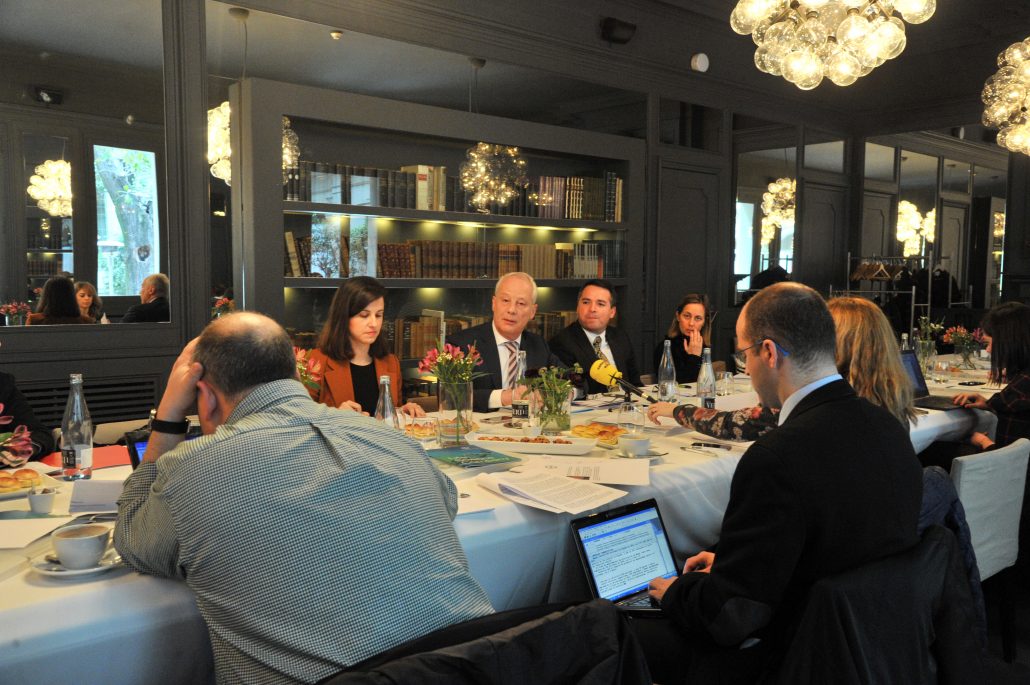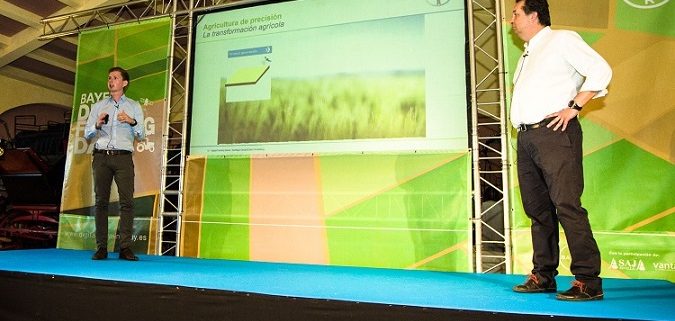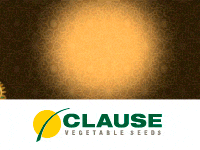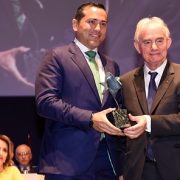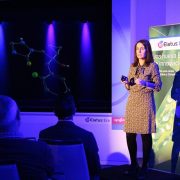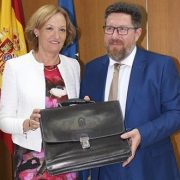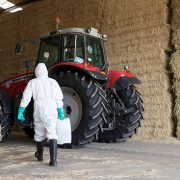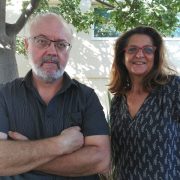Bayer bets on innovative solutions for more productive and sustainable digital agriculture
By Juan Herrera
Bayer, in collaboration with ASAJA Sevilla and Vantage, met last May 23th experts from all areas of the agricultural sector to share knowledge and advance the development of digital agriculture as a path to a more productive and sustainable agriculture that can help meet the challenge of feeding 9 billion people by the year 2050. Bayer’s Digital Farming Day brought together more than 300 professionals from the agricultural sector who had the opportunity to meet, discuss and learn about the digital transformation of agriculture today through various theoretical and practical activities.
The CEO of Bayer Crop Science Iberia, Adonay Obando, inaugurated the event highlighting the company’s commitment to new technologies with “an investment of 200 million euros between 2015 and 2020 in digital agriculture”
Fernando Miranda, Director General of Productions and Agricultural Markets of the Ministry of Agriculture and Fisheries, Food and Environment stressed the need to “be more efficient in the use of resources and thus make agricultural activity economically sustainable”and Ricardo Serra, president of ASAJA Sevilla, stressed that many of the technologies “that today seem futuristic will soon be of common use to all farmers.”
During the first part of ‘Digital Farming Day’, a panel of experts presented the latest trends in digital agriculture. In this sense, the paper “Digital transformation and agriculture 4.0” of the food journalist César Marcos, addressed the need to collect data for agricultural activity and the importance of storing and managing them effectively, in an automated way, to achieve intelligent agriculture. “Farmers no longer dream of making the right decision at the right time so that their crops gain in productivity and reduce their environmental footprint, today this dream is a reality thanks to a new ecosystem of work that provides digital solutions on its own Exploitation”, Marcos said.
“New remote sensing systems not only measure the amount and type of vegetation, but also changes in their chemical composition caused by environmental stress or disease, and even detect problems in the state of crops before they are irreversible”, explained the director of the Earth Observation Laboratory, José Moreno. In his speech he analyzed the techniques of remote sensing and reviewed the applications that are being carried out in the H2020 program Copernicus / Sentinels of the European Union. Francisco Rovira, director of the agricultural robotics laboratory at the University of the Basque Country, highlighted the potential of agricultural robotics to achieve solutions from the economic, social and environmental point of view. “The current scientific-technical development seems to indicate that this technology is going to be the combination of robotics, precision agriculture and information technologies and there generational change will play a very important role”.
Finally, Santiago Cerdà and Sven Amelsberg, responsible for Bayer’s digital agriculture, highlighted the possibilities and benefits of using satellite imagery and vegetation indexes in agriculture: “the latest generation tools have revolutionized the sector since with its help it is now more easy to analyze the state of the plants in the field, the foliar surface or the productive potential of each zone for the management of a farm”.
After this panel of experts, the participants in the roundtable moderated by the journalist and Head of Economy of Canal Sur TV, Angela Blanco, debated the digital transformation, the challenges and opportunities presented by Big Data for agriculture. Representatives from all sectors involved in the field: business, farmers and administration participated in the discussion and agreed on the importance of all the information and data analysis that are currently available to be simple and accessible to the farmer who has to make the decisions and is not an expert in technology.
Finally, the Deputy Minister of Agriculture, Fisheries and Rural Development of the Government of Andalusia, Ricardo Domínguez García-Baquero, closed the day by emphasizing the importance of making data available to companies and farmers.
Field demonstrations
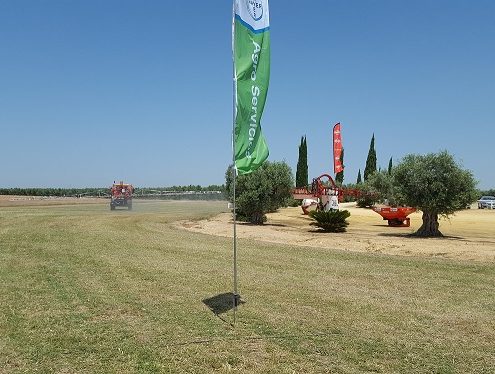 Subsequently, the field demonstrations of the University of Seville, agricultural technology companies and Bayer allowed us to see the usability of existing tools in the market to improve agricultural productivity and make it more sustainable.
Subsequently, the field demonstrations of the University of Seville, agricultural technology companies and Bayer allowed us to see the usability of existing tools in the market to improve agricultural productivity and make it more sustainable.
Bayer introduced the Zoner technology, a novel remote sensing system that, through satellite imagery, allows to analyze the fields and detect any problems to be able to use resources with precision only where it is necessary
It has also introduced the application WEEDSCOUT, able to recognize in a few seconds the herb that grows in crops from a single image; and EXPERT, a platform that includes predictive models for major diseases in wheat, barley, beet and potato crops.
Professor Manuel Perez Ruiz, together with researchers from the Agroforestry Engineering area at the University of Seville, taught a prototype drill spraying device, ATHOS (Aerial Treatment for High Orchard Spraying), and a drone based artificial vision system for the Fruit harvest estimation in which they are working for the application of high technology solutions that meet the current needs of agricultural production.
Vantage, on the other hand, showed the Trimble Field-IQ ™ system for the control of stretches and the application of variable doses that is able to avoid the overlap of seeds and fertilizers, to monitor applied amounts and to control the height of the arms of application; and the Dronsap drones service explained how these systems are integrated into the monitoring processes for generating prescription maps.
On the other hand, Seagro took to the field demonstration sprayers, fertilizers and seeders that are able to perform works with variable doses based on data obtained from remote sensing and performance maps.
YOU MIGHT ALSO LIKE:
➡️The agricultural division of Bayer increased its sales in Spain by 4% during 2016
